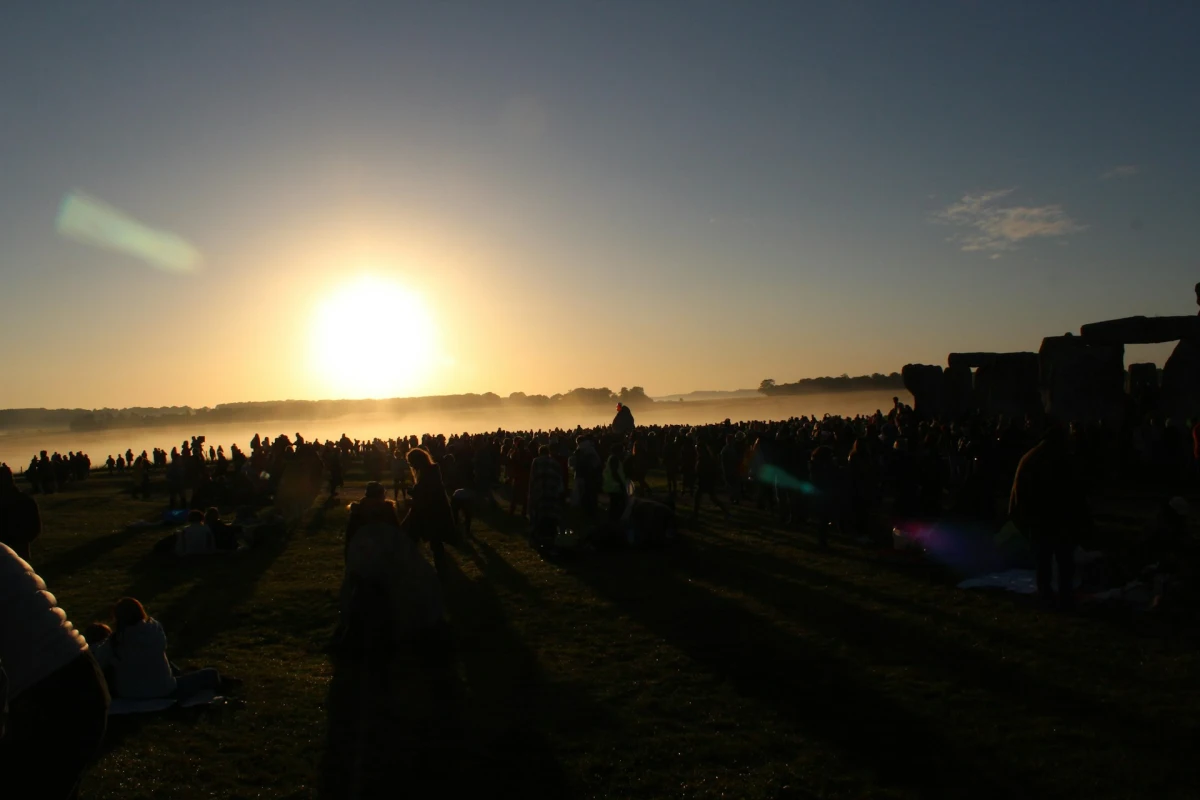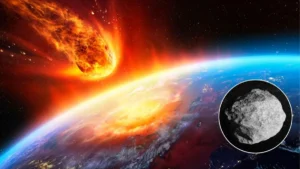
The summer solstice is an astronomical event that marks the official start of summer in the northern hemisphere, It is presented as a natural phenomenon that has captivated humanity since time immemorial.
>>> Flower Moon 2024: the best rituals for an inner transformation
The summer solstice has transcended its scientific dimension to become a powerful cultural symbol in various societies around the world. Since ancient times, cultures have associated this event with moments of renewal, growth and abundance. Festivals, ceremonies and rituals have been held to commemorate this day, honoring the Sun and its influence on life on Earth.
What is the summer solstice?
The summer solstice is characterized by being the day with the greatest number of hours of sunlight in the northern hemisphere. This is due to the tilt of the Earth’s axis, which points in the direction of the Sun during this period. As a result, the sun’s rays travel a path higher in the sky, lengthening the length of the day.
>>> Lunar calendar for June 2024: the best days to cut hair and wax
This June 20 is the longest day of 2024
According to Vito Technology’s ‘Star Walk’ astronomy educational portal, The summer solstice in 2024 will occur this June 20 at 20:51 GMT. This day will mark the official start of summer in the northern hemisphere and will be the longest day of the year. However, the exact dates of the solstices vary annually due to the elliptical nature of the Earth’s orbit, complicating the comparison of seasonal data year after year.
Likewise, the portal announced what would be some approximations of the dates for the summer solstices until 2028, taking into account Greenwich Mean Time (GMT):
North Hemisphere
- 2024: June 20, 20:51 GMT
- 2025: June 21, 02:42 GMT
- 2026: June 21, 08:25 GMT
- 2027: June 21, 14:11 GMT
- 2028: June 20, 20:02 GMT
Southern hemisphere
- 2024: December 21, 09:20 GMT
- 2025: December 21, 15:03 GMT
- 2026: December 21, 20:50 GMT
- 2027: December 22, 02:42 GMT
- 2028: December 21, 08:20 GMT
As for the southern hemisphere, it will experience the winter solstice. According to the National Weather Service, during this period the shortest day and longest night of the year occur.
In the southern hemisphere, the June solstice occurs when the Sun is directly over the Tropic of Capricorn, 23.5° south of the equator, affecting regions such as Australia, Chile, southern Brazil and northern South Africa. Thus, while the north enjoys long, warm days, the south faces short, cold days.
Source: https://www.noticiascaracol.com/mundo/cual-sera-el-dia-mas-largo-de-este-2024-se-acerca-el-solsticio-de-verano-so35


